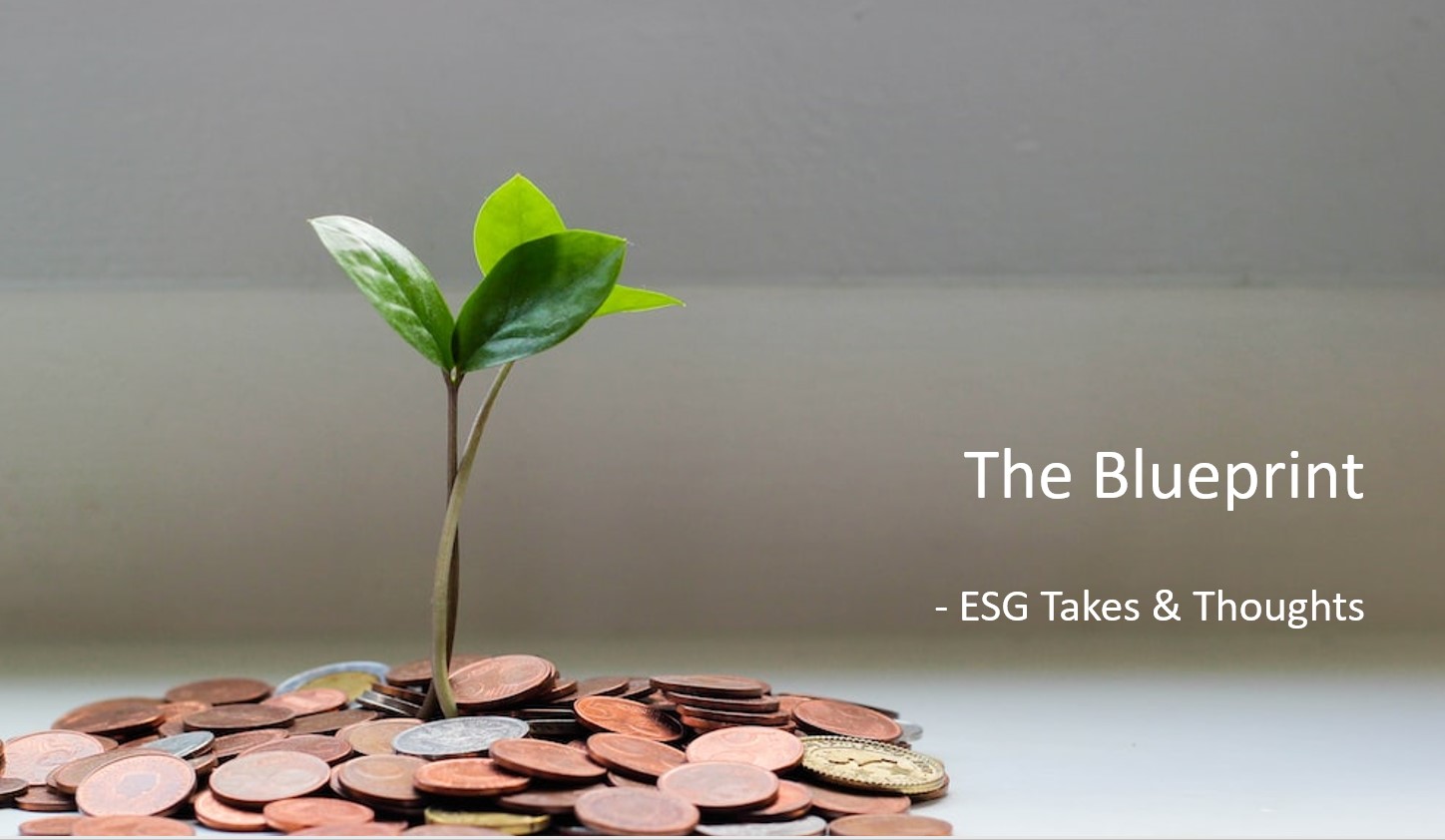
Sovereign green bonds in Asian economies
This week, Singapore’s Ministry of Finance (MOF) disclosed the use of proceeds from the country’s first sovereign green bond – standing at S$2.4 billion – which was issued in 2022 (MOF).
 Photo source : LTA
Photo source : LTA
30% of the green bond proceeds (S$0.7 billion) has been allocated to building the Jurong Region and Cross Island lines. Land transport contributes an estimated 15% of Singapore’s emissions. Boosting the adoption of public transport is one lever to curb emissions while supporting the Sustainable Living pillar of the Singapore Green Plan 2030 (NCCS).
These bonds also make up part of the S$35 billion of green bonds that the government and its statutory boards plan to issue by 2030. As of March 31, some S$8.2 billion in green bonds have been issued to eligible activities under clean transportation, waste management, green building, and sustainable water management in Singapore.
Water management
In 2022, the Public Utilities Board (PUB) raised S$800m in its first green bond issuance. The use of proceeds has yet to be disclosed – with some of the funds potentially going to the upcoming Tuas Water Reclamation Plant. The proceeds could help to offset the rising costs of pipeline construction – costs have risen by 70% compared with 6 years ago (S$10 million per km in 2017 to S$17 million per km today). The plant will treat domestic and industrial water supplied by the Deep Tunnel Sewerage System.
Costal adaptation
 Photo Source : Freepik
Photo Source : Freepik
Climate change increases the frequency and intensity of floods. Singapore had 73 days of flash floods over the last decade (Straits Times).
Three years ago, PUB was appointed the national coastal protection agency to lead and coordinate whole-of-government efforts to protect Singapore’s coastlines. Green bonds could go towards replacement or renewal of infrastructure to guard against rising sea levels. At the same time, nature-based coastal protection projects – such as mangrove restoration – serve as a first line of defense against flooding by reducing the force of incoming waves.
Green port initiatives
The shipping industry is a major contributor to global emissions. Commercial port operators such as PSA are investing in green port initiatives to reduce their environmental impact. PSA’s green finance framework directs capital toward increasing renewable generation capacity, drainage systems upgrades, and the use of industrial by-products as construction materials.
Green bonds in Asian economies
Asian nations are looking to increase green financing as the region battles with the impacts of climate change.
India has included green bonds in its climate finance strategy (World Bank). Our previous Blueprint touched on the country’s ambitious renewables targets – out of India’s 2026 solar target of 110 GW, 65% will be deployed in the next 3 years (IEEFA). The country raised over S$2 billion via its first two sovereign green bond issuances in the first quarter of 2023.
Meanwhile, China has yet to issue sovereign green bonds. The country’s green bond market is under development, with the first Chinese green bond issued by the Agricultural Bank of China in 2015 (Climate Bonds Initiative). As an economy reliant on carbon-intensive sectors, major industries – including agriculture, clean energy, and construction – stand to benefit from increased capital inflows.
Urban infrastructure is an important enabler of sustainable economies. Indonesia has announced plans to relocate its capital from Jakarta to Nusantara. Efforts are underway to develop the new capital in a sustainable manner that supports the country’s net zero ambitions and achieve 100% new and renewable energy by 2060. As of 2021, Indonesia has issued eight sovereign green, sustainability, or social sukuks and bonds. The country also published the Indonesia Green Taxonomy in January 2022, which will guide investors in classifying green activities and identifying investment opportunities.
Looking ahead
Growing ambition for decarbonisation has increased momentum for the green bond market in Asia. As countries experience a growing gap in climate finance, in the wake of COVID-19, action by governments and investors to fully leverage capital markets is essential. At Phillip Capital Management, we seek to support the financing of nature-positive industry sector transitions for a sustainable future.
Important Information
This material is provided by Phillip Capital Management (S) Ltd (“PCM”) for general information only and does not constitute a recommendation, an offer to sell, or a solicitation of any offer to invest in any of the exchange-traded fund (“ETF”) or the unit trust (“Products”) mentioned herein. It does not have any regard to your specific investment objectives, financial situation and any of your particular needs.
The information provided herein may be obtained or compiled from public and/or third party sources that PCM has no reason to believe are unreliable. Any opinion or view herein is an expression of belief of the individual author or the indicated source (as applicable) only. PCM makes no representation or warranty that such information is accurate, complete, verified or should be relied upon as such. The information does not constitute, and should not be used as a substitute for tax, legal or investment advice.
The information herein are not for any person in any jurisdiction or country where such distribution or availability for use would contravene any applicable law or regulation or would subject PCM to any registration or licensing requirement in such jurisdiction or country. The Products is not offered to U.S. Persons. PhillipCapital Group of Companies, including PCM, their affiliates and/or their officers, directors and/or employees may own or have positions in the Products. This advertisement has not been reviewed by the Monetary Authority of Singapore.